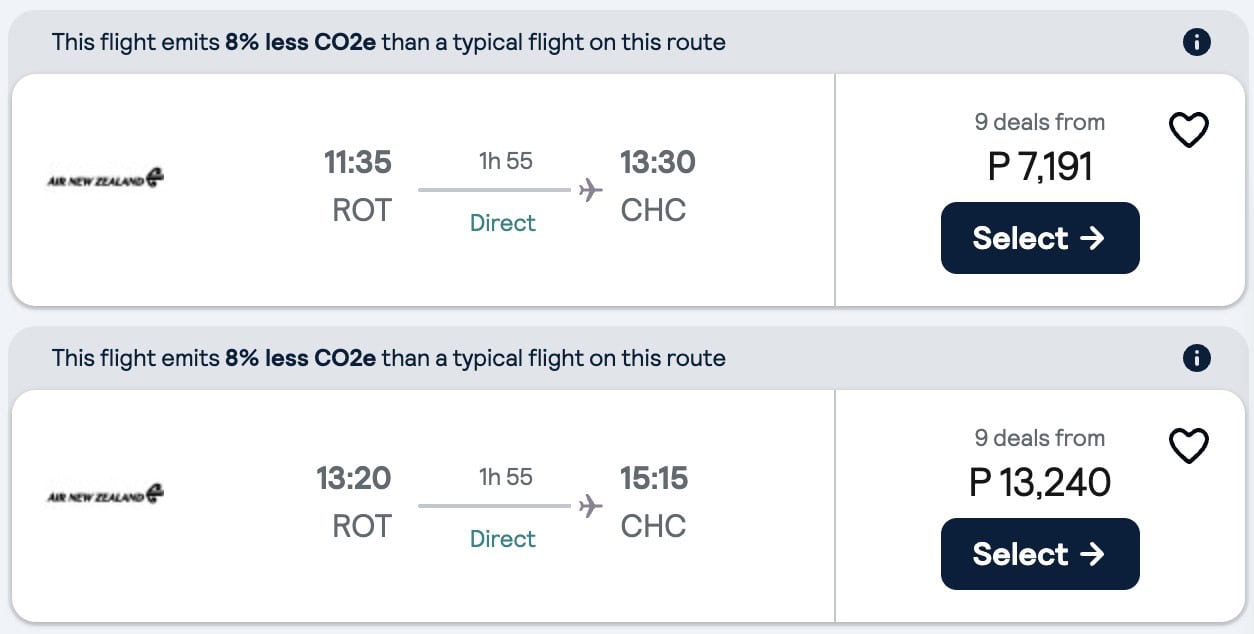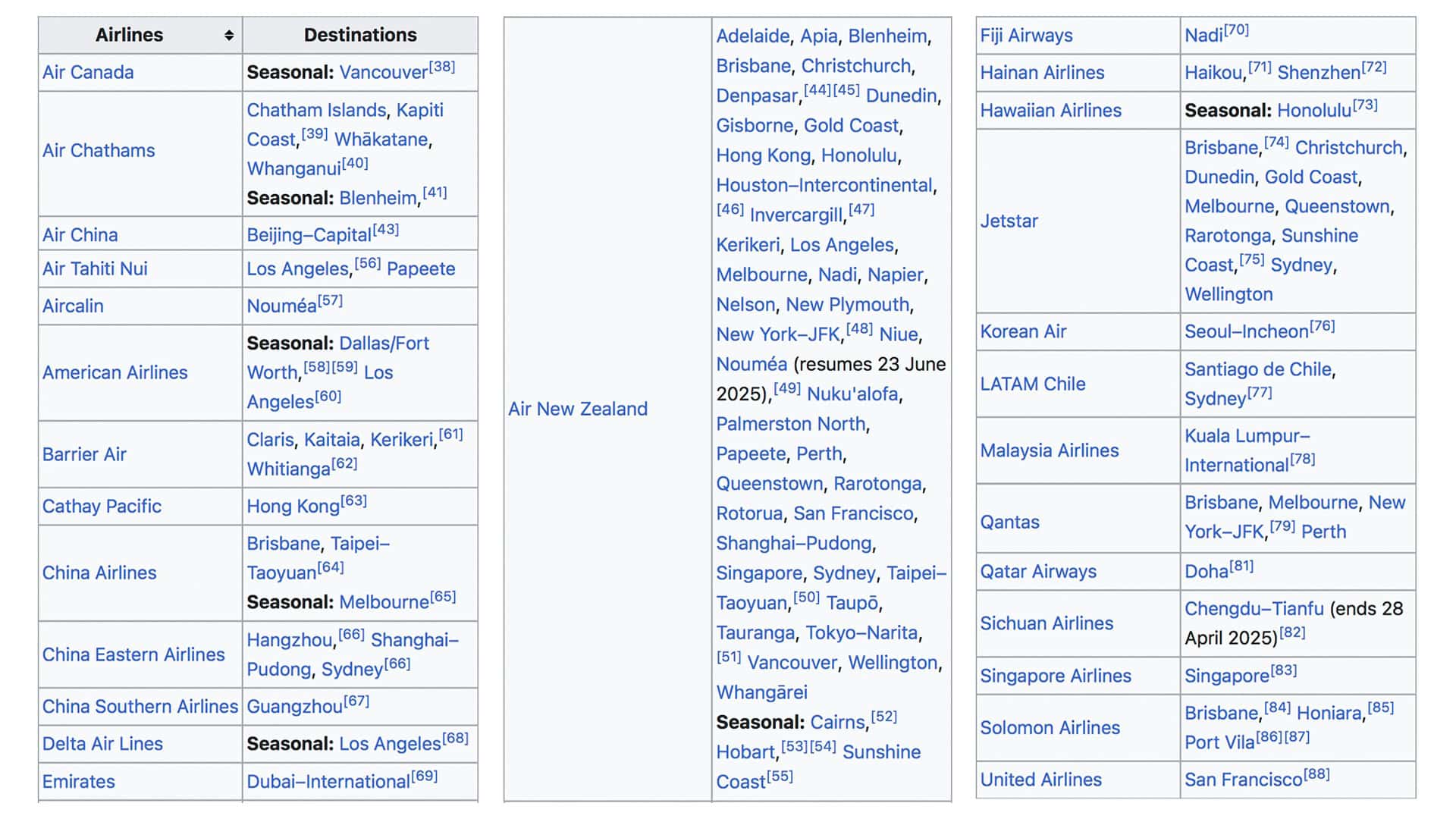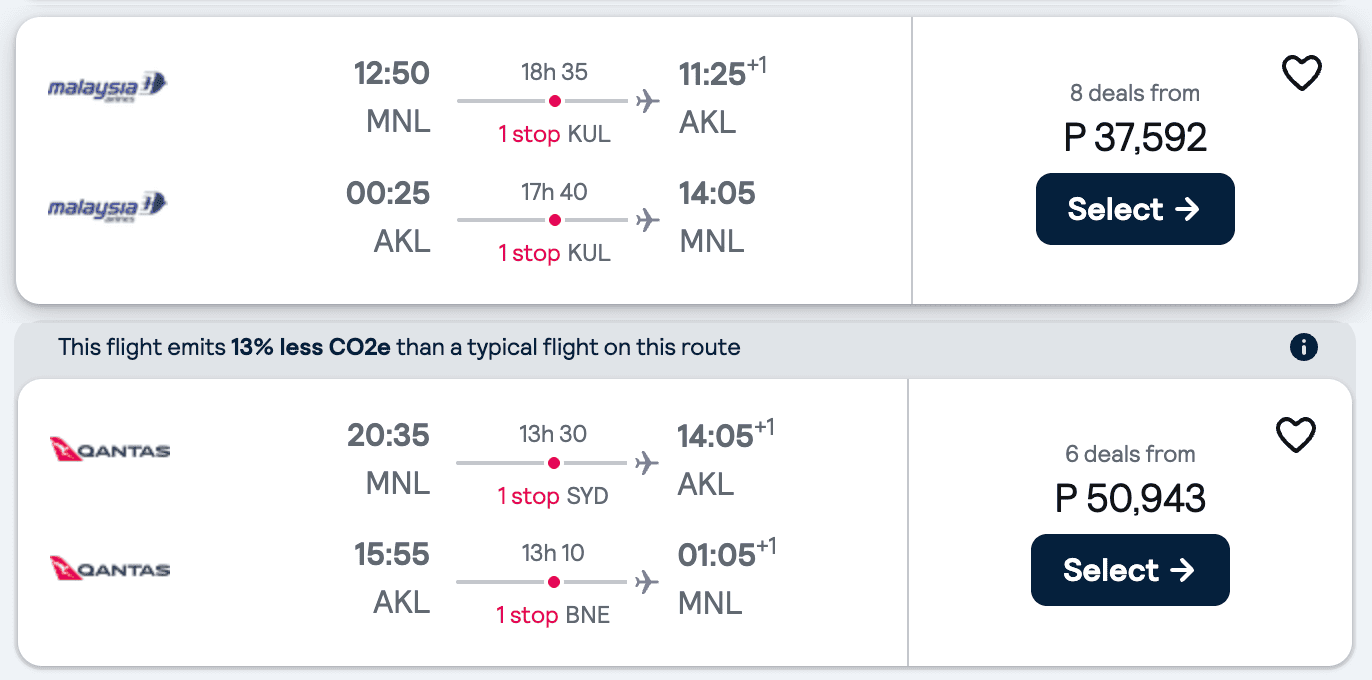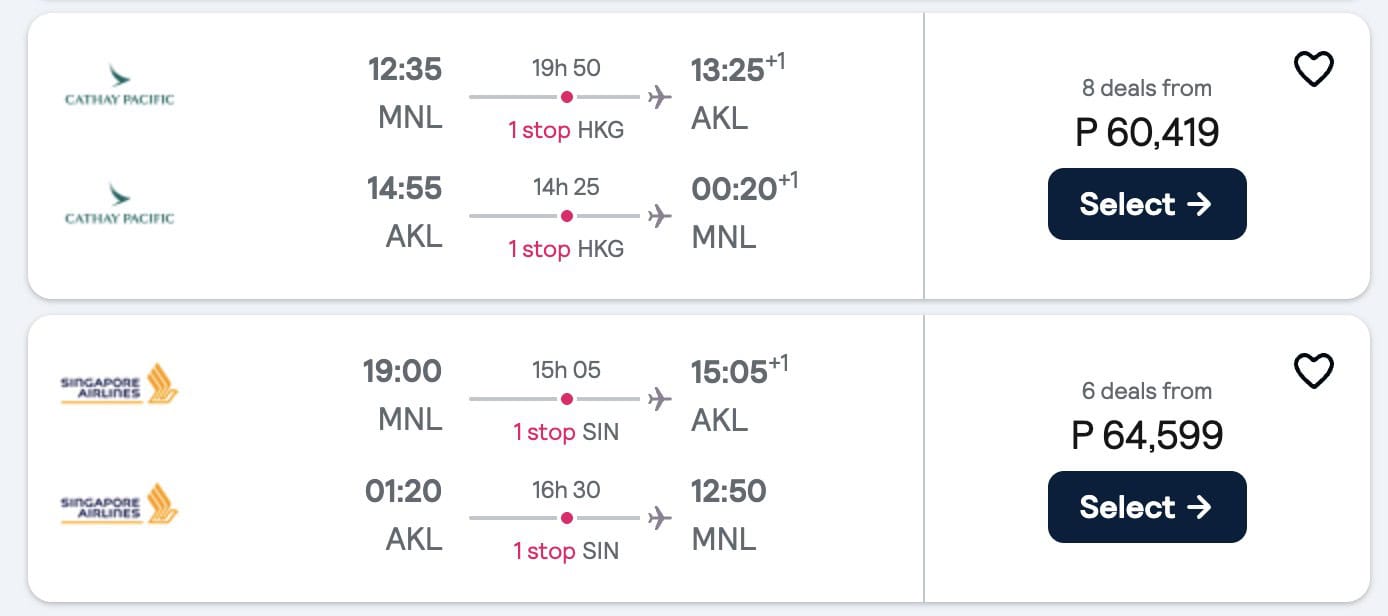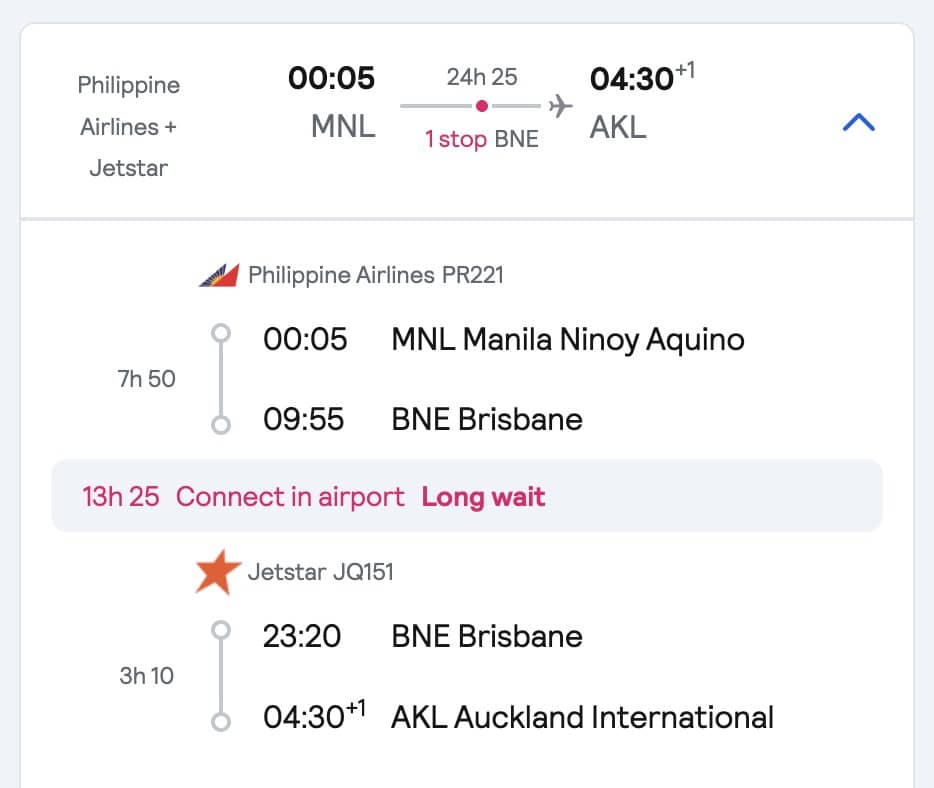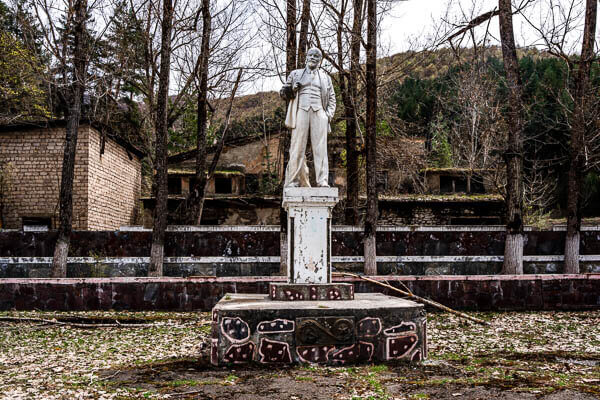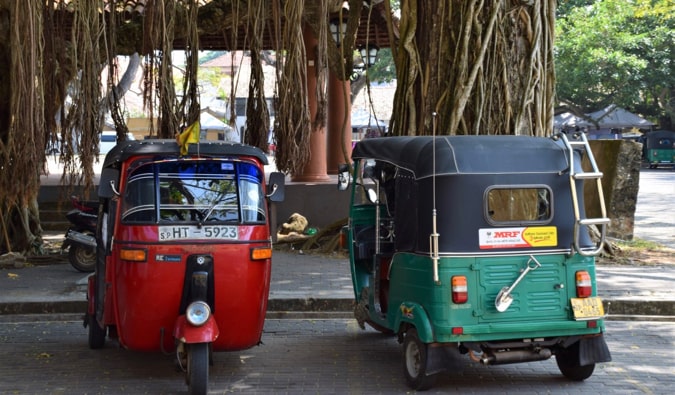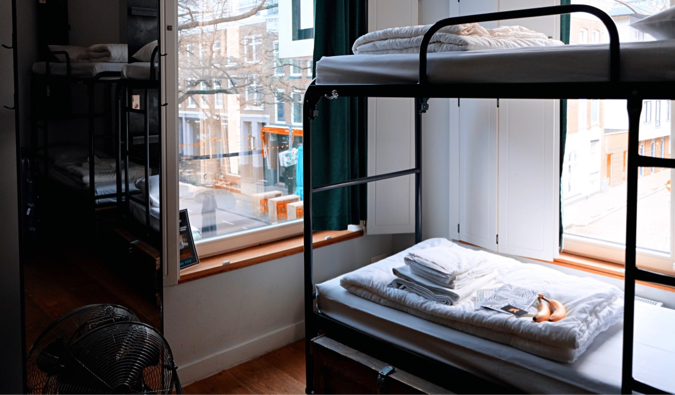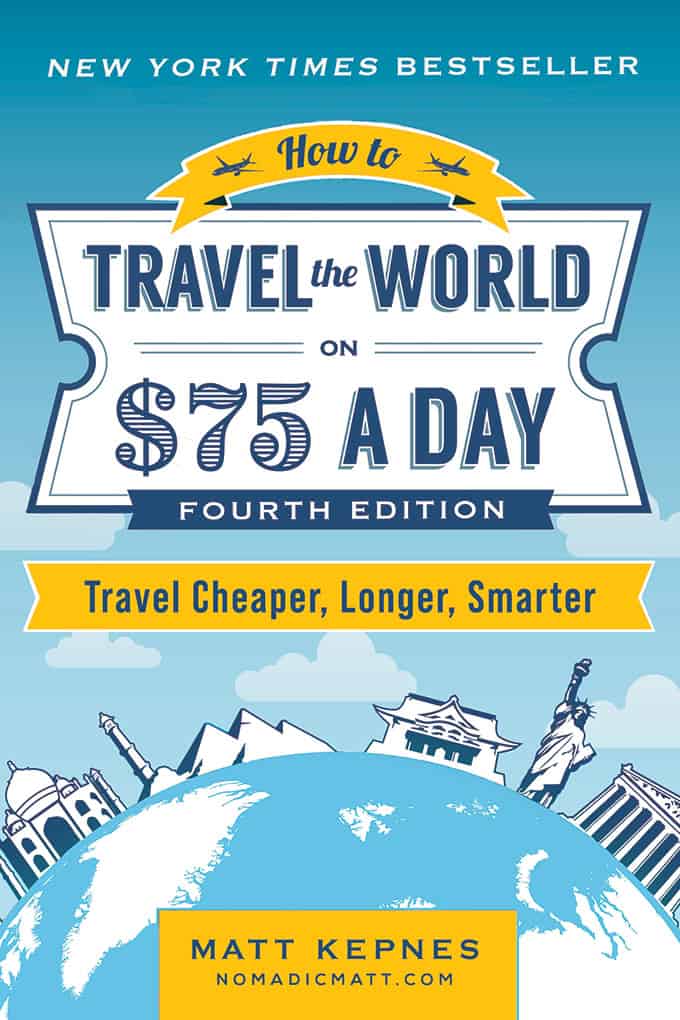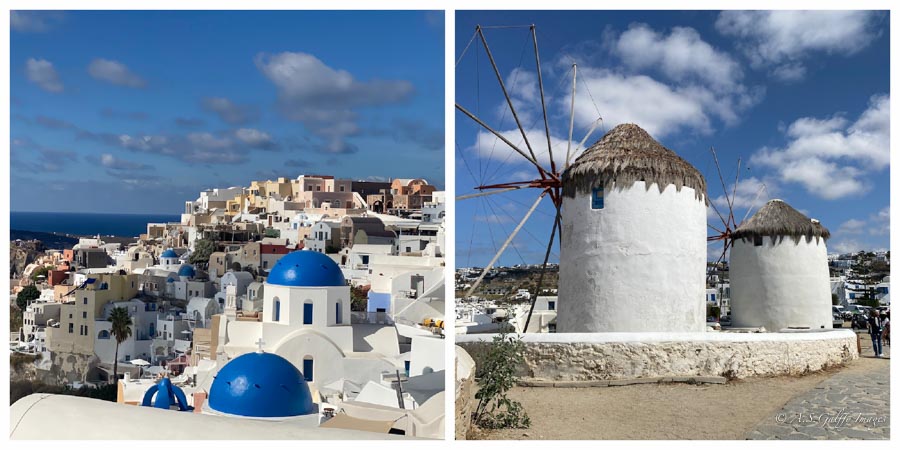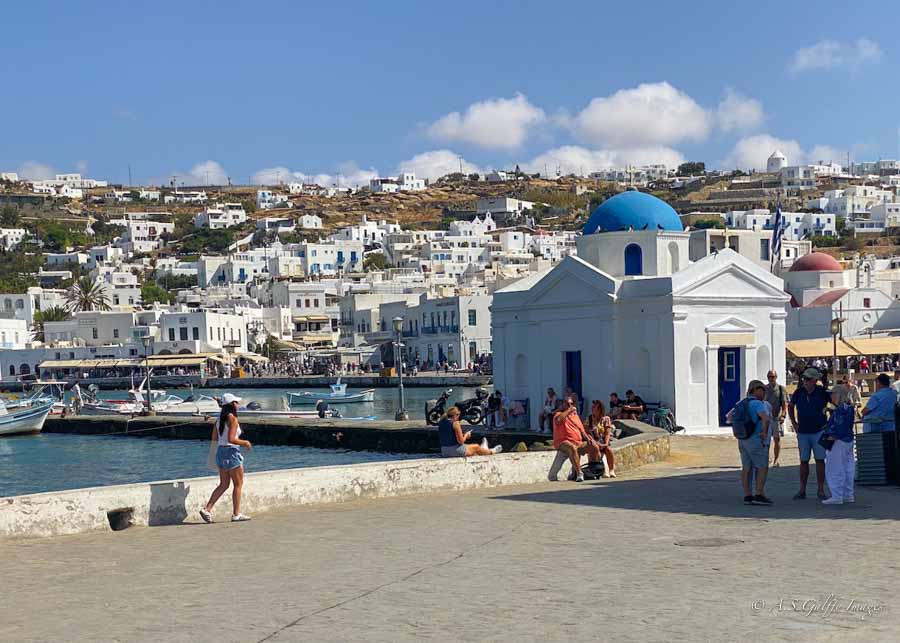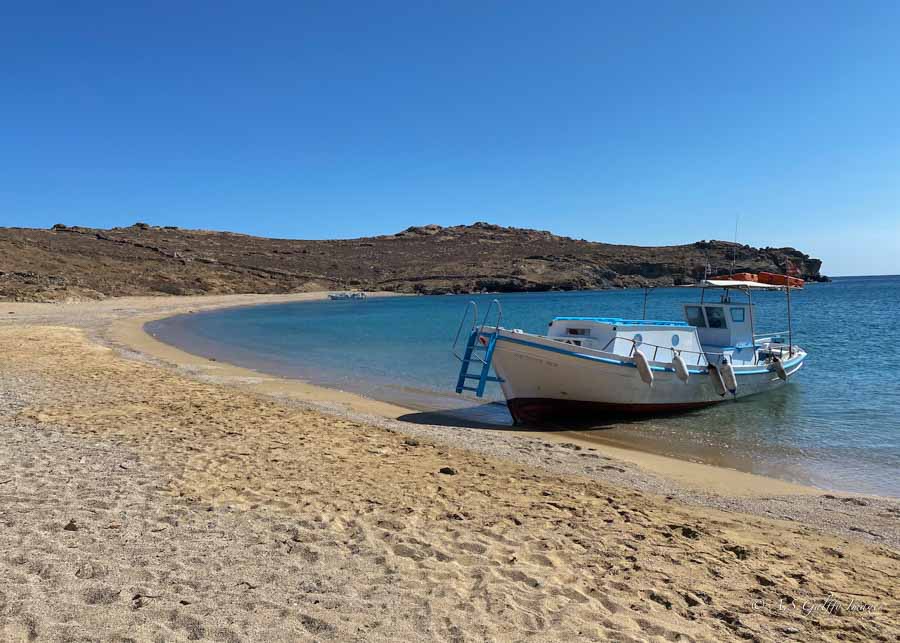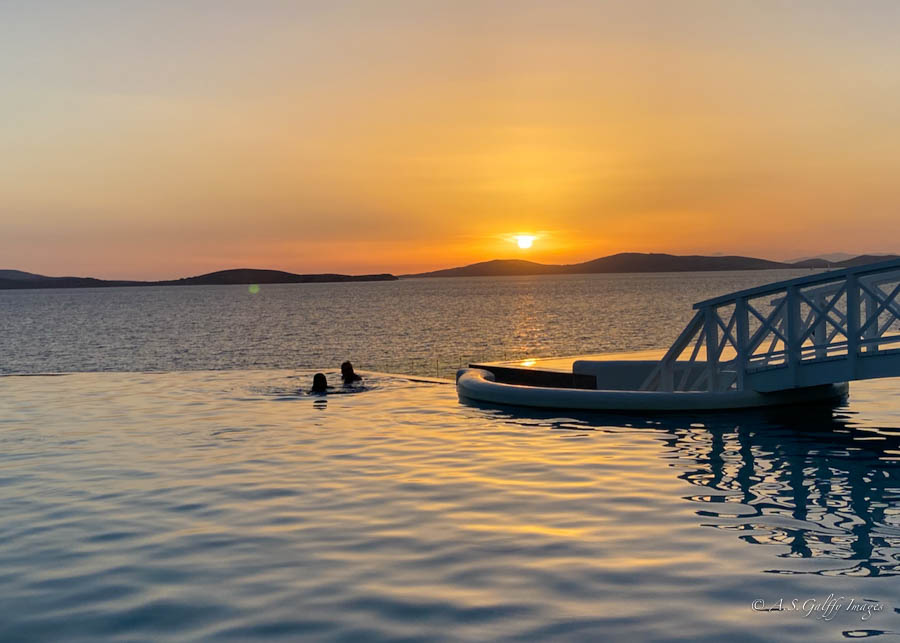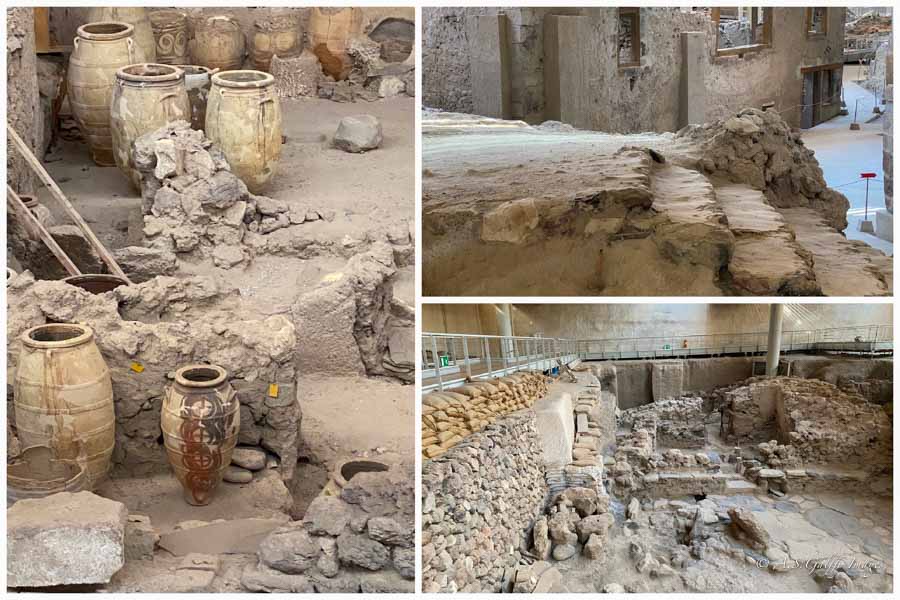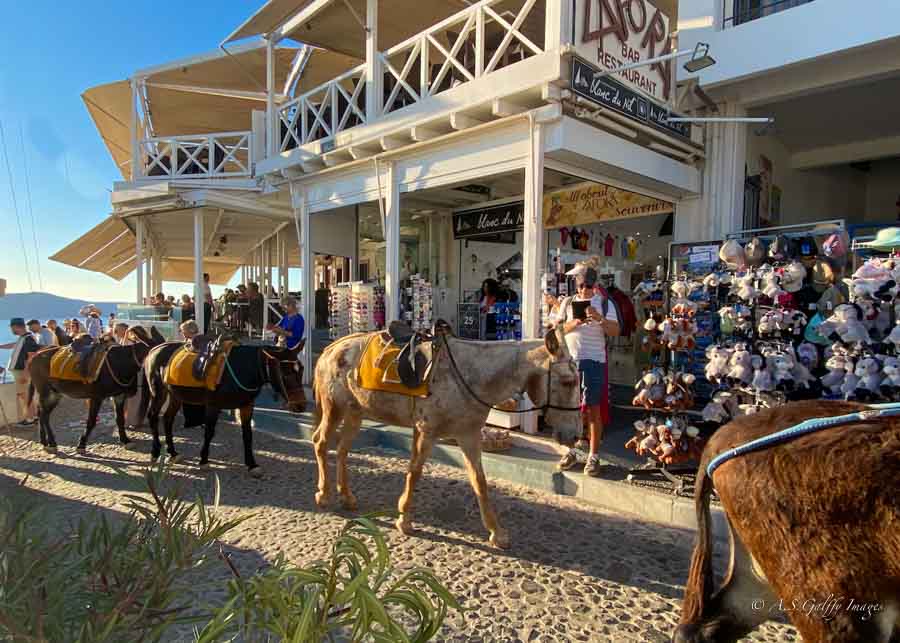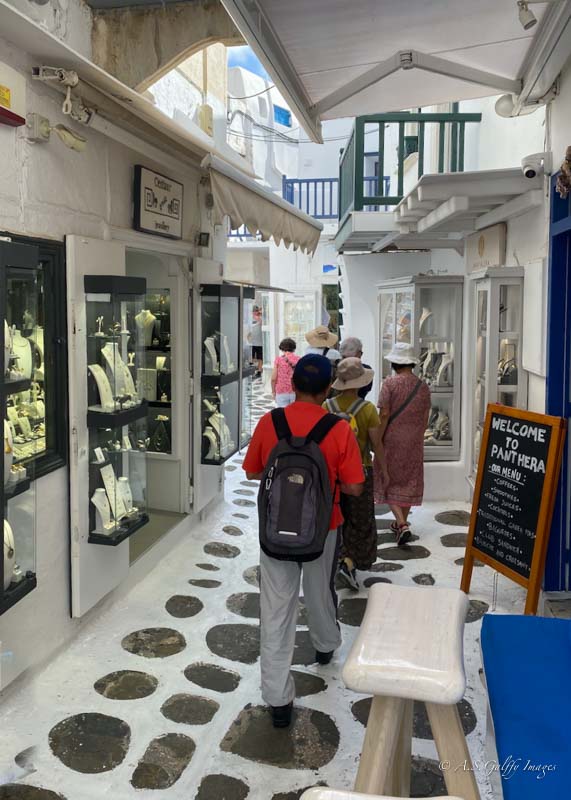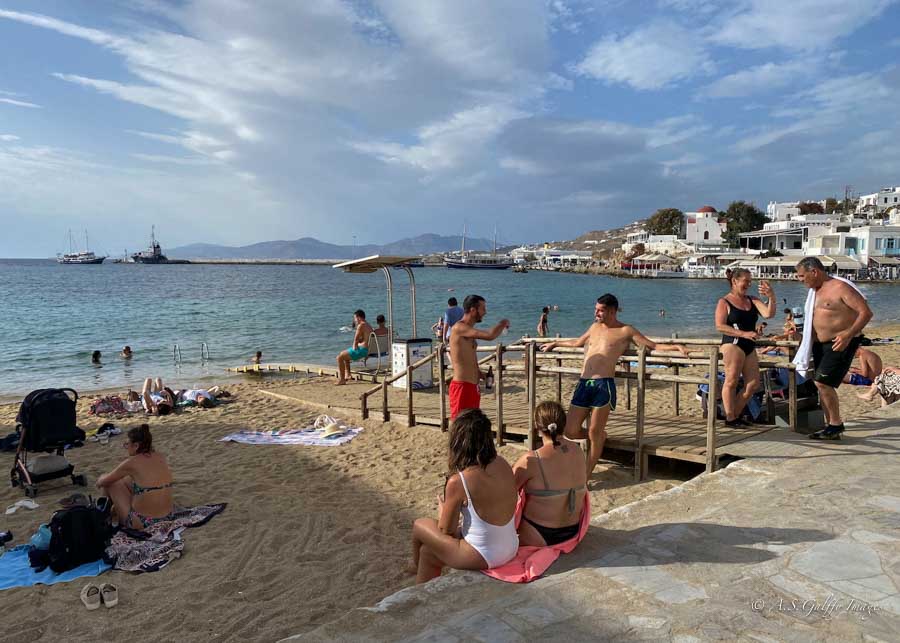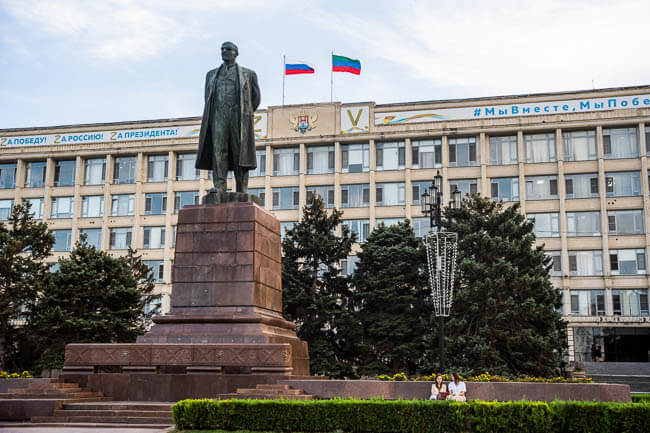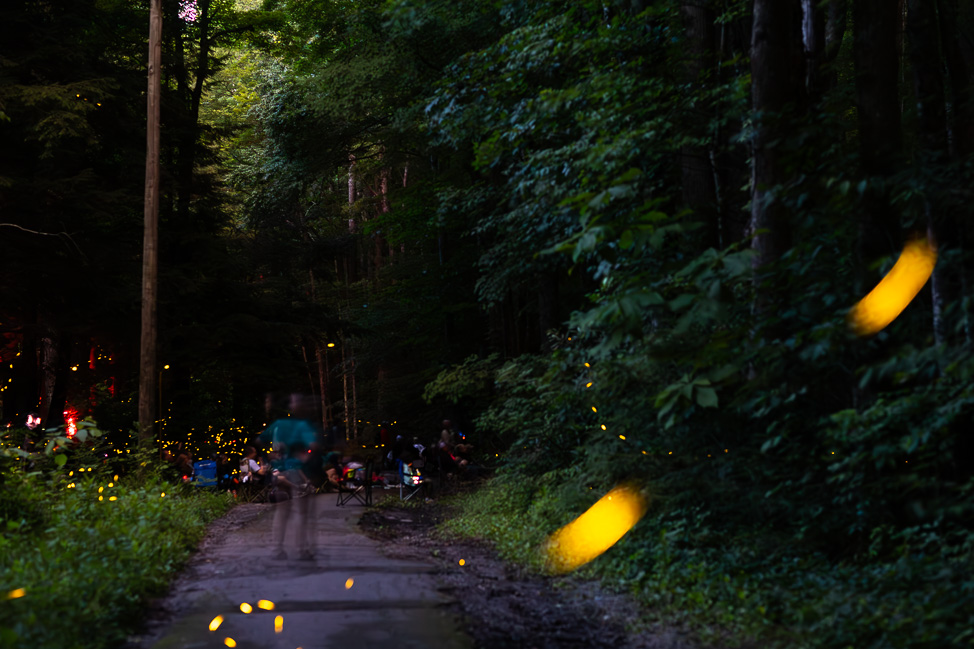Planning to get married in Australia? Well, we’ve recently just had our wedding there, and in this article, we’ll share with you the full process and requirements, and all the steps that we’ve taken for a stress-free wedding down under!
Planning a wedding can be a difficult experience. There’s so much to think about, from the guest list and the attire to the venue and the food. But throw in the added challenge of a destination wedding, and the pressure ramps up even more. It’s like planning a wedding and a group trip at the same time. It’s especially true if you don’t have a hired wedding planner, like us. We took on the entire challenge on our own.
But it doesn’t have to too stressful. Not gonna lie, there will be some amount or some form of stress in the process, but it doesn’t need to be overwhelming. With the right preparation and the right guidance, you’ll be able to tackle these hurdles and create the wedding of your dreams, even if it’s going to be on the other side of the world.
By the way, I am NOT a wedding planner or an immigration adviser. But my blogging partner (now husband) Vins and I recently got married in Australia, and I’m simply sharing our experience.
Why Australia?
First, let’s talk about why NOT Australia. I could think of a number of reasons why you SHOULDN’T choose Australia for your destination wedding. It’s far (8-10 hours away by plane in our case), it’s expensive (the flight alone can be too much), and the visa requirement can severely affect your guest list. While an Australian visa is not as hard-to-get as a Schengen Visa, it is not an easy one to obtain either. There’s always a chance that you or your loved ones will be denied a visa. So take that into consideration.
But for me, the pros totally outweigh the cons. And I have three major reasons.
- It’s easy to get married in Australia. There’s no residency requirement. You can just fly into the country as a tourist and get married immediately. There’s not much paperwork involved.
- It is a beautiful, diverse country. And out of the 65 countries we have visited so far, it’s definitely one of our favorites. We first set foot here in 2015 when we backpacked across the continent from Darwin to Brisbane. And even to this day, 10 years later, it remains our most memorable trip ever. So it does hold a special place in our hearts.
- Lastly and most importantly, same-sex marriage is legal in Australia since 2017, when the Marriage Act was officially amended to define marriage as the union of two people. And that’s a biggest, most important thing for us, since we are an LGBT couple.
There’s no difference in the legal process for straight and LGBTQ+ marriages in Australia. The process is exactly the same for all couples, regardless of gender or sexual orientation, including for foreign citizens getting married in Australia. So if you’re straight and you’re planning to get married in Australia, this article applies to you, too. So yes, Same-sex couples can legally marry anywhere in Australia.

And this is one of the closest countries where we could get married. Taiwan is much closer and it has marriage equality too. But we found out that LGBT couples can only get married in Taiwan if both parties are from countries that legally recognize marriage equality. So even, say, a Filipino-Taiwanese couple can’t get married in Taiwan because one of them is a citizen of the Philippines, which does not recognize it.
But don’t get me wrong, we didn’t settle for Australia. It was really one of our first choices. The other one was Denmark because I dreamt of a winter wedding, but getting a Schengen visa for our relatives could prove much more challenging than an Australian visa.
OK, so how did we plan it?
Step 1: Decide on the wedding type and size.
What kind of wedding do you want? Is it gonna be a traditional wedding with at at least 50 guests? Or a micro wedding with fewer than 40 guests? Or do you prefer an elopement wedding with just a couple of witnesses?
This is the first thing that you need to figure out and decide on because it will dictate many aspects of your wedding including the venue, logistics, and the budget.
Most destination weddings tend to be smaller primarily because there are a lot of factors that your guests need to overcome or take into consideration including the cost, time, and visa.
Initially, we wanted an elopement type of wedding with just one or two family members. In Australia, you’ll find a lot of elopement packages. Basically, you’ll hire an officiant to wed you and they will be taking care of all the legal paperwork. And that’s it. No big reception needed.
Some also choose to get married at the City Hall or Courthouse. For example, in Melbourne, the Victorian Marriage Registry offer two main marriage packages:
- Classic Ceremony Package: AUD 480 on weekdays, AUD 580 on weekends. This includes the service of a celebrant or officiant, traditional wedding script, and a reservation at one of their ceremony rooms at the Old Treasury Building. You can invite guests. One room can accommodate 8 guests, the other up to 55 guests.
- Legal-only Package: Weekdays only, AUD 380. They’ll take care of the paperwork and provide a celebrant, but nothing else.
For more information about this, you can visit the official website of the Victorian Marriage Registry.
I’ve also heard of super private weddings. You can even do it in a hotel room or in a private room at a restaurant, if you’re OK with that. Just make sure you have an authorized celebrant and two witnesses, and that you complete all the paperwork.
Like I said, it was something we seriously considered: a very simple wedding without any bells and whistles at all.
But since we got engaged a few years ago, some of our friends and relatives expressed that they would love to be there even if it meant flying to Australia and spending on tickets and hotels. So as the days passed, we started entertaining the thought of more guests. We ended up with a guest list of 20, which was quite intimate and manageable. I think it was the perfect size for us.
Step 2: Pick a wedding date.
The next two steps in this guide are actually interchangeable. Step 2 is about the date. Step 3 is about the venue. So prioritize what matters to you more.
For us, the date was non-negotiable because it was the same date that we became a couple officially. We have been together for 16 years and we always celebrated in February, and we don’t wish to change that. The venue can change, but our wedding had to happen on a specific day in February.
Earlier, I mentioned that we wanted a winter wedding, with snow and all, which would’ve been perfect. But since we moved it to the southern hemisphere, where seasons are flipped, everything else had to adjust. February is summer in Australia, so the overall look and feel of the wedding would be very different.
The date is also very important to nail first when it comes to Australia because some of its places can have pretty extreme weather. In some cities, summer can be a sweltering hell of a season. Likewise, in some cities like Melbourne, the weather is notorious for being incredibly fickle. It can be sunny in the morning but then drench you in the afternoon.
Knowing your date early helps you plan around local conditions, take advantage of off-peak deals, and avoid holiday crowds or monsoon rains.
The season and weather can also affect not just what you and your guests could wear on your wedding but also the type of venue that is more appropriate. So let’s talk about venue.
Step 3: Find an appropriate venue.
Choosing the right venue for a destination wedding is massive—it sets the tone, vibe, and even the logistics of your big day. Do you want a beach wedding? Do you prefer a farm or a vineyard? Or are you OK with getting married in a public park or city hall?
There are countless of wedding venues in Australia. I simply googled “best small wedding venues in Melbourne” and it bombarded me with a gazillion options.

Some venues are for ceremonies only. This applies to town hall rooms like the Margaret Craig and Thomas Hyde Room at the Old Treasury Building in Melbourne.
We also encountered bars and restaurants that allow reception only, not the ceremony. One of the venues we seriously considered was this rooftop bar in the city center, but unfortunately they don’t allow ceremonies anymore.
But there are those that can accommodate both. Here are three venues that we shortlisted because they are great for both the ceremony and reception and they were available on our chosen date.
- Sandbar Beach Café, which is great for beach weddings. Although we did not prefer it, we weren’t particularly opposed to the idea. Ceremony at the beach. Reception inside.
- Prince Deck St. Kilda, which is a function hall that would be great for reception and has an outdoor timber deck, overlooking the beach, which would be ideal for the ceremony. But we decided against them because they’re too big. Given that we were expecting only 20 guests and we didn’t really plan on decorating it too much, either would feel virtually empty.
- Montsalvat Artist Community, which is located not in Melbourne proper but in Eltham. And although it’s 30-40 minutes from the city center, when I first saw it, I had a really good feeling about it. In the end, we chose this! We have a winner!
Montsalvat’s ceremony and reception areas were inside a heritage building, which meant the weather won’t be an issue. And it was just the right size.
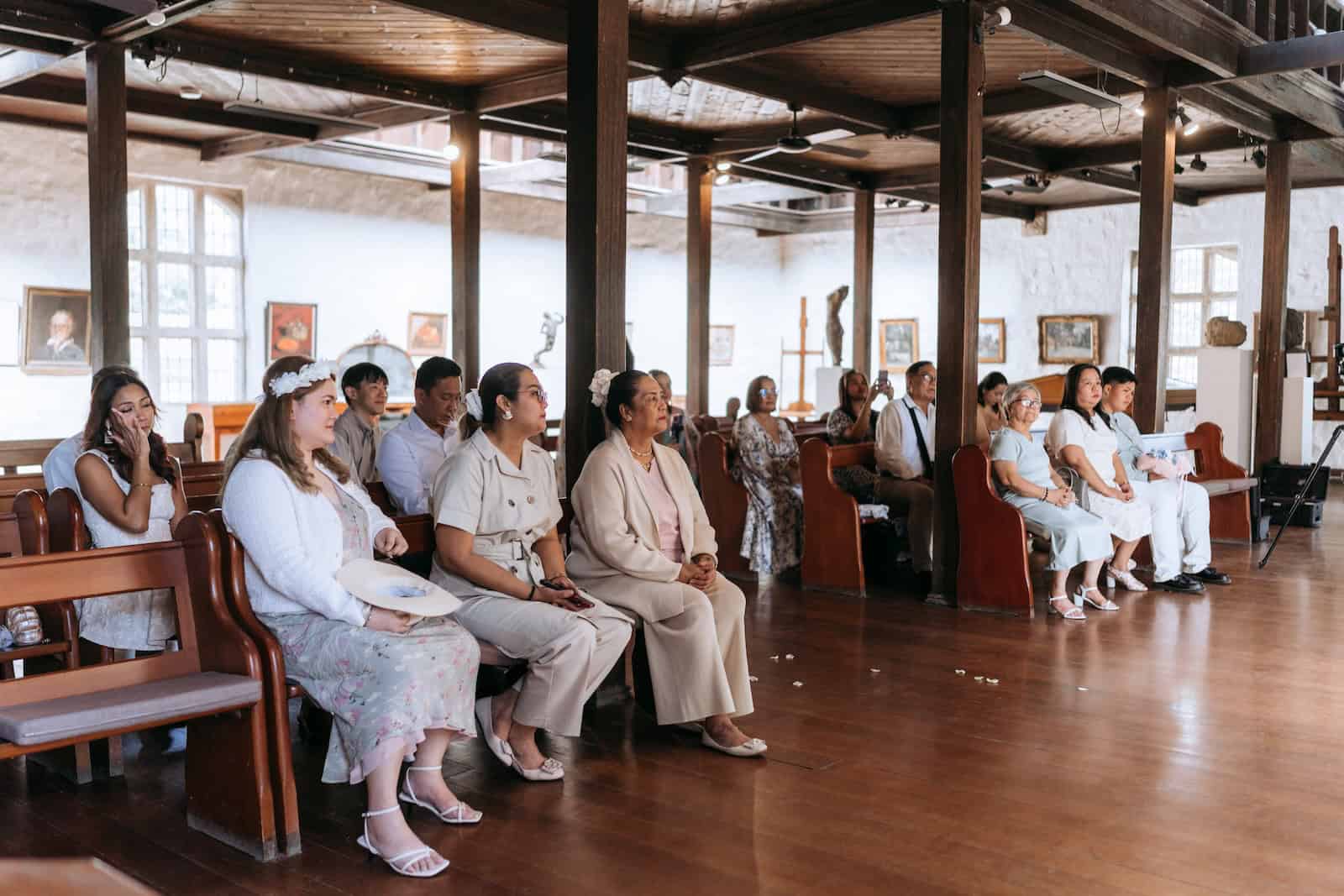

And there are plenty of scenic spots for wedding photography. There’s even a chapel, but we did not use it as this is a secular ceremony. And bonus point: It had the European aesthetic that we initially wanted. Remember, we originally wanted to do the wedding in Europe. Best of both worlds!

Each booking comes with the services of a venue coordinator, too!
The prices were not bad, either. For the food, there were high tea, cocktails and proper plated meal options. This includes free-flowing drinks including white wine, rose, red wine, beer, apple cider, and non-alcoholic drinks.
If we availed of the proper plated dining package, the ceremony fee would be waived. But there was a catch: they had a 40-guest minimum policy. We were only 20 pax, but we still went ahead, even if it meant paying for food good for twice our expected crowd size. We just had it carvery or buffet-style.
However, the management decided to not enforce the minimum 40-guest policy. In the end, we only paid for 23 pax. So thank you to the Montsalvat management. (Note that none of these are sponsored. We intentionally avoided having any aspect of our trip sponsored by any brand. We paid for every single thing at our wedding.)
- Montsalvat Artist Community
Carvery Dining: AUD 218/pax
Because the venue is in Australia and we’re Manila-based, we never had a chance to do an ocular inspection of the venue. And we didn’t have anyone in Melbourne to check it. We only relied on online reviews and their photos, and we took a virtual tour on Google Maps. Thankfully, the place was well-documented on Streetview.
But we still finalized our booking, thinking we’d just fly to Melbourne a few days ahead of the wedding and adjust accordingly.
Step 4: Book a Celebrant.
Any wedding in Australia must be officiated by someone legally recognized by the Australian government. They may be civil celebrants, ministers of religion, or registered officiants. Fortunately, it’s not hard to find an authorized celebrant or officiant in Australia, even for LGBTQIA+ couples.
Most venues have preferred celebrants, someone that they usually work with in the past. You could do that, too. But our first choice was Bronte Price because:
- He’s the first celebrant in Australia to have completed the Certificate in Gay and Lesbian Weddings.
- Most of his clients are LGBT couples from the Philippines.
And thankfully, he was available on our wedding date and could marry us.
Bronte offers a few packages, depending on the scope of work that you expect him to take on and the size of the wedding. But even for the most basic option, he’ll take care of all the necessary paperwork from start to finish.
And he did that for us. He also checked in on us every now and then to make sure that everything was alright, especially regarding the legal papers.
The most important document that you need to file is the Notice of Intended Marriage (NOIM).
Step 5: Lodge a Notice of Intended Marriage (NOIM).
Regardless of the state, you must accomplish and submit a Notice of Intended Marriage at least 1 month before the wedding. You can do it as early as 18 months before. It looks like this:

You and your partner must be at least 18 years old to sign this, and you must sign it in front of an authorized witness.
If you’re signing this outside Australia, an authorized witness can be: an Australian Consular Officer, an Australian Diplomatic Officer, or a notary public, among others. For us, we signed it in front of a Notary Public here in Manila. Then, we emailed it together with a scanned copy of our passports to our Celebrant, who then lodged the application in Australia on our behalf.

The passport is needed as proof of date of birth. If you’re divorced or a widow/widower, you should also submit the corresponding certificates of divorce or death of spouse.
Make sure that all details are correct, and write in block letters. And let me repeat because it’s of utmost important: Submit the NOIM at least 1 month before your wedding date. Otherwise, if you do later, you cannot be married on your target date.
Step 6: Secure your wedding suppliers.
Once you have finalized the venue, chosen a celebrant, and lodged a marriage notice, it is time to scout vendors for your big day. Depending on how grand you want your wedding to be, you might want to look for a florist for your flowers and decors, a photographer and/or videographer for documentation, wedding cake baker, and, if your venue doesn’t have it in-house, a caterer for the reception.
Usually, your venue also has a list of their recommended suppliers, so you might want to check ask them first. But most will allow you to source outside if you prefer.
Flowers/Florist
One of the reasons we like Montsalvat is: It’s the type of venue that doesn’t need to be glammed up to look special. It has a rustic, almost medieval character to it that you can totally get away with having no to little adornments. So we only ordered for a few flower arrangements, and that was it. The name of the flower shop is Indigo Flower House, recommended by the venue coordinator. These are the costs of the arrangements we ordered:

- Button holes (2x): AUD 36
- Floor piece (2-meter): AUD 600
- Table vase arrangements: AUD 200
- Big ceremony vase arrangements (2x): AUD 200
- Fresh rose petals for tossing (18x): AUD 81
- Delivery/set up: AUD 200
- Total (inc. tax): AUD 1558.70
Wedding Cake
Our cake was baked and designed by Froggy by What Froggy Bakes. He just asked us what we wanted, and we described that we just wanted a travel-themed cake, preferably with a world map done pallete-knife style and with white flowers. And he was able to make it a reality. It was 3-tier, which was pretty excessive for 20 guests.

- Wedding Cake
3-tier: AUD 846.20
But this was a gift from one of our best friends, and she insisted on making it 3-tier regardless. It looked stunning! Every layer was a different flavor: carrot cake on top, chocolate in the middle, and caramel at the bottom.
Photographer & Videographer
And for our photos and videos, we hired a talented Pinoy who is based in Melbourne. His name is King Abbott. We found him on Instagram and immediately fell in love with his work.
At the time, he was still offering a Basic Package (AUD 3300 for 6 hours), which was what we picked. But I’m not sure if this is still available.
Transportation for Guests
And oh, one more thing, since our venue was situated round 30 minutes from Melbourne City Center, we also had to think about transportation. While it is accessible by Uber and public transportation, Vins and I wanted to make it a lot more convenient for everyone, so we just hired a mini-bus good for 23 pax with driver.
We paid AUD 750 for the roundtrip transfer (with driver) with BusCharter.com.au. Note that the bus won’t be waiting on site. It picked us up in Melbourne, dropped us off at the venue in the afternoon, and then left. It came back 7 hours later to take us back to the city center after the reception.
Most suppliers would require that you pay a deposit first and then settle the balance later, usually a week or two before the wedding date, in our experience.
Hotel Accommodations
If you’re getting married in Melbourne like we did, best to book your hotel way in advance because accommodation rates can go crazy expensive especially in peak season. We and most of our guests ended up staying at an AirBnB, but if you prefer a proper full-service hotel, here are some that our party tried that you can suggest to your guests:
Search for more Australia Hotels:
Once you’ve locked in the venue, date, and NOIM, it’s time for Step 7.
Step 7: Send out invitations promptly.
Yes, as early as you can provided that everything’s been finalized. You need to do it sooner than later because remember, this is a destination wedding. There is travel involved. Most of them will need or want to:
To be honest, this is something that we failed to follow. Our wedding was in February, and up until November of last year, we were still traveling a lot. We only started preparing for the wedding in December. Thankfully, (almost) everyone was able to secure a visa in time.
Step 8: Do an ocular visit/rehearsal before the big day.
If you didn’t get a chance to check the venue before, make sure to fly at least a couple of days early to check it and identify possible problems. We inspected the place, mapped out how the guests would move from one area to another, tested the sound system, learned the ropes at the venue.
By the way, Vins and I did not have the traditional wedding party. We didn’t have sponsors, bridesmaids, groomsmen. We only had a ring bearer and a flower girl. Vins and I planned and took care of everything up until the big day. And at this meeting, we turned it over to some of our friends, who volunteered to do certain tasks. They took charge of certain aspects. And it was perfect. Everything went without a hitch.
OK, let’s talk about the big day itself.
Step 9: Follow the wedding mandatories/legalities.
Before the ceremony, there are still a lot of things to take care of. The Celebrant will be meeting you to do 2 things:
- To double-check your identity documents again (usually your passports) and verify your two witnesses are over 18.
- To confirm consent. And this will be done separately. Your celebrant must speak with each of you individually to confirm you’re entering the marriage freely and willingly. This is to ensure there’s no coercion or pressure involved. I was asked to step out of the wedding suite so Vins could confirm, and Vins had to do the same when it was my turn. It’s a legal requirement, not just a formality.
At one point during the ceremony, you must read the Monitum, a formal paragraph that explains the nature of marriage under Australian law. It goes something like:
“Before you are joined in marriage… I am required to remind you that under Australian law, marriage is the union of two people to the exclusion of all others, voluntarily entered into for life.”
If this isn’t said, the marriage might not be legally valid.
Aside from any personal vows you write, you each have to say a very specific line in front of the celebrant and your witnesses:
“I call upon the persons here present to witness that I, [Name], take you, [Name], to be my lawful wedded [husband/wife/spouse].”
You can personalize your vows around this, but the legal sentence must be said in full.
Don’t worry, your Celebrant should be able to provide the correct wording.
And before the ceremony ends, you should also sign the marriage certificates, as overseen by the Celebrant and your chosen witnesses. You’ll sign three copies of the certificate:
- One goes to the Registry of Births, Deaths & Marriages
- One the celebrant keeps
- One you get as a keepsake
The Celebrant will make sure it’s done correctly and witnessed properly.
After signing, the Celebrant will officially pronounce you MARRIED.
Outside these mandatories, you can get creative, especially at the reception. Just make sure to follow the local laws especially regarding alcohol consumption.
But it’s not over yet.
Step 10: Submit the Paperwork.
This step is more for your Celebrant, who should lodge your marriage registration with the appropriate state registry — usually within 14 days.
After the marriage is registered, you can request an official marriage certificate from the state registry. This certificate is the legal document you’ll need to change your name, update your marital status, apply for joint visas, and handle any legal or financial matters.
It can take a few weeks to a few months to receive, depending on the state. But don’t worry, if you don’t need to stay in Australia for this. You can ask your Celebrant to do this for you, usually as an add-on or for extra fee.
The Celebrant can then send it to you by mail. We got ours roughly a month after our wedding.
That’s it! You’re officially and legally married!







